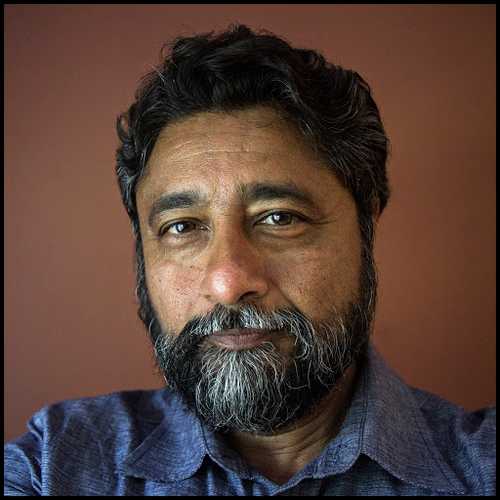

Published February 2017
What initially interested you about joining the College?
I have always been drawn to history. The idea of being a member of one of the oldest professional societies in the country has intrinsic appeal. The fact that the College is not simply a quaint historic relic, but continues to play a vital role in the medical culture of the city and region makes it an exciting organization in which to be involved.
You have contributed a great deal to the research in the field of neuroaesthetics. Talk a bit about this field and what draws you to study the brain’s response to beauty.
We make aesthetic choices all the time. What clothes should we wear, which hairstyles suit us, what decorations to display? Beyond these personal choices, we travel distances and pay money, sometimes a lot of money, to look at and buy art. Why? Despite having learned a great deal about the psychology and neuroscience of perception, emotion, language, movement, and decision-making, we know little about the science of aesthetics. If the goal of cognitive neuroscience is to understand very basic aspects of what it means to be human, then aesthetic experiences simply cannot be ignored. To understand why we are drawn to aesthetics and how this contributes to our wellbeing is a fundamental and relatively unexplored domain of inquiry
The College has positioned itself as a home for programs and exhibitions that intermingle medicine and the arts. How can the College continue to play a role in a greater understanding between science and art?
In 1959 CP Snow gave an influential lecture in which he referred to “the two cultures.” He meant that intellectual life was generally split into the science and the humanities and that poor communication between the two was a major impediment to progress. His ideas have been controversial, but communication between the sciences and the humanities remains critical even as they can be difficult. This divide is especially true as the sciences become increasingly specialized and there is a general confusion in the public about “facts” on which we can agree. The College can continue to play a vital role in bridging these cultures. The arts are one important way to do that. Historically, the arts have played an important role in visualizing medicine, such as in classic anatomic drawings. Beyond that, in a world that is digitally driven at a manic pace, the arts offer a way to slow down and become better observers. I worry that clinical observation in medical education is not given the importance it deserves as students and young physicians’ experience of patients are primarily mediated by an electronic screen. Arts are one way to remind people that medicine remains fundamentally a concern for the human condition as expressed through the lives of individual people.
As a Trustee of the College, what do you see as some of the most pressing priorities for the College in the coming year?
The College has a proud and long tradition as one of the first professional organizations in the country. This history is a tremendous strength and also a potential weakness. That is, the weight of history makes the organization less agile and responsive to the changing face of American medicine. This tension is exemplified in the beautiful Mitchell Hall. It is a grand and impressive space. One senses that great ideas have floated here. And yet, it is hard to ignore the fact that just about every portrait in the room is of a middle aged or older white man staring down at the proceedings. This observation is not meant to diminish the contributions of these outstanding men as much as to acknowledge explicitly that many people with tremendous intelligence, talent, and drive could never have their portraits grace these elegant walls. The need for diversity and inclusiveness is an important priority for the College. While being rooted in the 18th Century, we need to embrace the 21st whole-heartedly. How best to do this when physicians and health care workers are increasingly stretched and strapped for time is a serious challenge.
What do you feel is one the best ways for interested Fellows to get more involved with the College?
The very people we would want to be Fellows are likely to be extremely busy with their professional lives and the disciplinary organizations to which they belong. Many do not have the time to avail themselves of the wonderful events and opportunities at the College. We might consider a cross generation long term approach. We should attract people in their early 40s who are on the upward trajectory of their careers. They could be invited to highlight their work, especially when that work aligns with the mission of the College. At this stage of career many wish to promote their work to colleagues and the public. Such engagement can benefit the College and Fellows and would be an investment that would hopefully pay off a couple of decades later when they have more time to be actively involved in an ongoing manner. These seasoned Fellows would have the time and perspective to steward the College.
Tell us about one of your favorite items in the Library or the Museum.
Even though my choice is not exactly unusual, it is hard for me to not mention the Soap Lady. I first saw this exhibit in the early 1980s when I was a medical student. The body and the process of saponification fascinated me. The exhibit captures the wonder of chemistry, biology, and even forensic medicine. In the last couple of months I was at the museum with a friend who was visiting from out of town. Thirty-five years later I experienced the same wonder and astonishment looking at that body.